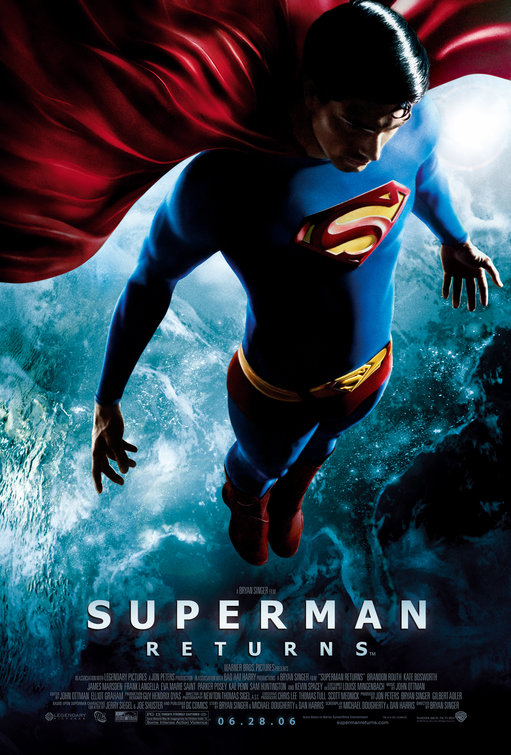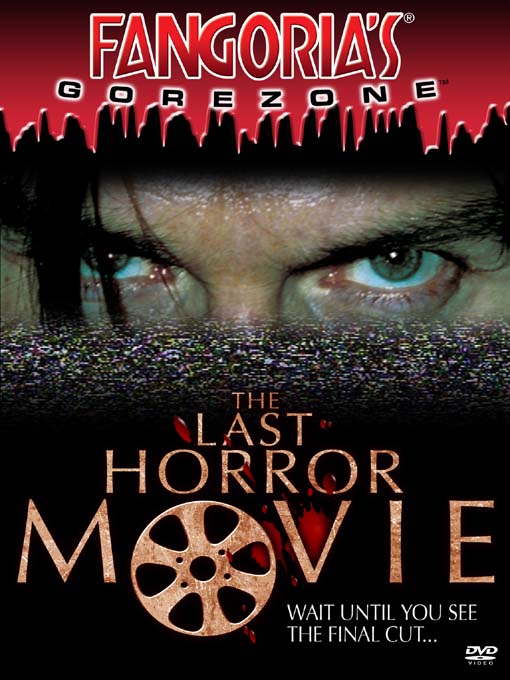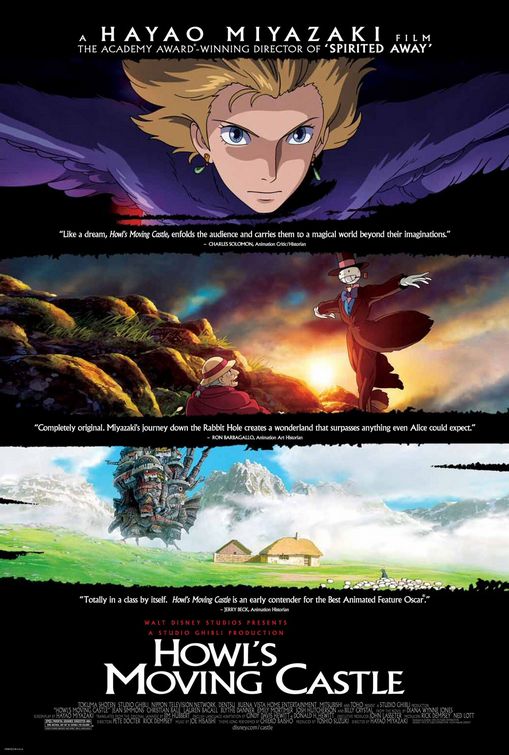Continuing our look back at the first decade of the 2000s on screen, probably the biggest development for action movies was superheroes. After decades of trying to get their superheroes to the big screen the comic book giants Marvel Comics and D.C. Comics finally succeeded in sustainable box office franchises.
In 2006, director Bryan Singer left the X-Men franchise to do a big budget Superman reboot, while Brett Ratner, the director who had been tapped for Superman took his place and for X-Men 3. How did they fare?
X-Men: The Last Stand
I must admit I approached this one with some trepidation. After all, I think a lot of what makes a good film is a good director, and Bryan Singer has proven himself time and again, a great helmsman, while Singer's replacement this time out, Brett Ratner, has proven himself time and time again as... well, an adequate one.
I won't bother summarizing the plot, as you can find enough about that in the trailers and other published material inundating the web.
Though there are more characters than ever, there is less characterization this time out - which is not necessarily a bad thing - we already know about Rogue's angst over not being able to touch anyone, and Magneto's belief that humanity can never be trusted. We need little more than gentle reminders. While this leads to occasional ambiguities in the characters' behaviors, this is after all a climax for the series, so it's time for action. And action plays to Ratner's strengths.
While it is disappointing that some things had to fall by the wayside (Wolverine's search for his past for one) and other things are a little glossed over (I've always thought Storm should easily be able to go toe-to-toe with any of the mutants in the Marvel Universe - at least on Earth) for the most part what we have is a worthy sequel.
I do think that it is disappointing that in the interest of trying to keep the number of characters down to a few score, they plain omitted some (Nightcrawler is nowhere to be seen) and merged others; Callisto of the Morlocks becomes a combined version of Callisto, Quicksilver & Caliban(?!?) which allows the movie to bring her rivalry with Storm to the screen without having to engineer a way for them to fight sans powers, but also makes Callisto a far cry from her comic roots - especially since she is portrayed by bombshell Dania Ramirez instead of a wiry one-eyed street fighter (think Chrissie Hynde with an eye patch) like she should have been. I mean, come on, don't you think at least one adult female mutant would fail to be blessed with superpowers *and* supermodel looks?
But aside from that casting disappointment, overall the movie is well cast. Particularly Kelsey Grammer as new-old-X-Man "Beast".
So, with great writing, a good cast, and an adequate director, we have a pretty good movie. Maybe not one that soars to the heights of the first two, but certainly worth seeing, and indeed a satisfying final chapter.
I'm glad the X series is being put aside for awhile instead of being flogged to death as was done in the comics, but there is talk of spin-offs, so who knows we might still get the silver screen versions of a million other "X" books.
Superman Returns (spoilers)

I had high hopes for this one. The director, Bryan Singer has had a great track record up till now making great films full of excitement and depth. Since the
Batman franchise, began with two good movies, was followed by two terrible ones, and was ultimately redeemed in the new millennium by a visionary young director, I hoped the same would be true of the
Superman franchise.
Unfortunately this was not the case.
The movie was a mixed bag, and there's no way I can explain myself without going into the details - so spoiler alert - I am breaking my tradition of spoiler free reviews in order to make a post for those who have already seen the film.
As I mentioned, Bryan Singer has shown himself to be a great director, and my opinion of him has remained unchanged especially given that he stepped into a project which had a revolving door of directors attached to it, and was definitely suffering from "too many cooks" syndrome.
(Brainiac was going to be the villain who went to the Fortress of Solitude and learned Superman's secrets. If you haven't heard that story, rent
An Evening With Kevin Smith, Smith was an early writer on the project - it is a hilarious look at how Hollywood still doesn't
get the comics.)
No, it is not the direction that I found faulty here - it is the writing (which has also suffered at the hands of at least a half dozen writers). To begin with, there are several instances where the behavior of the principals is out of character. Lex Luthor, the evil super-genius attains his vast wealth by bilking a little old lady. Luthor is many things, evil certainly and cunning too, but one thing he has never been is a common con artist. Lex Luthor would find a grand scheme to make money, not some simple grift. Soon thereafter, we have Superman, the most moral and upright of all superheroes, spying on ex beau Lois Lane. With super hearing, it is inevitable that the big guy is going to accidentally catch a snippet of conversation here or there - and that I wouldn't mind - but here, in a creepy-voyeur stalker type scene, he plain listens in (and watches with X-Ray vision) for several minutes!
Then there’s the annoying characters: Luthor's girlfriend, Kitty though not as annoying as her predecessor, Ms. Teschmacher, is still sufficiently bimboish, and worse, Lois Lane's kid, who thankfully doesn't say much, but still takes the movie into more of an Annakin Skywalker direction than I'm comfortable with.
But my biggest problem with the movie is the plot itself. Once upon a time, Superman built the fortress of solitude, with the help of Supergirl. He built a giant door with an immense key that you had to be, well, Superman to lift and use. Then came 1978's
Superman: The Movie - a pretty good film, all things considered, except one thing - the introduction of the Kryptonian crystal of Jor-El, which Superman takes to the NORTH pole, and throws, whereupon it grows a large doorless crystal cavern, complete with a super crystal TV set which allowed Superman to talk to his dead father. This opened the door (pun intended) for Lex Luthor to walk in, and learn how the Kryptonian technology works (more than the audience is told - we just have to be satisfied with an old Arthur C. Clark quote) and use it to create a vast new crystal continent where the Atlantic ocean and most of North America is. In the past, I was able to overlook the Kryptonian crystals/Fortress of Solitude stuff, as it played a relatively minor role in the films (except in II where it stripped him of his powers, a fairly major plot device, also annoying, but nevertheless, able to be mostly overlooked), however, here this pseudoscience is so integral to the storyline, that it just cannot be ignored.
This is not to say the movie is all bad. Far from it. The casting is mostly pretty good. Brandon Routh does an excellent job filling the enormous red boots of both Superman and Christoper Reeve. Kevin Spacey is also an excellent successor to Gene Hackman as Luthor. And, Frank Langella and Sam Huntington are great as Perry White and Jimmy Olsen, respectively. Luthor's thugs are all pretty forgettable, but that's O.K. they are in the comics too. Perhaps the only disappointment is Kate Bosworth who is too passive as Lois Lane - even the Lois Lane of the Max Fleischer cartoons in the 1940's was more proactive!
All in all, the movie is essentially a remake of
Superman: The Movie with Luthor's plan to destroy even more of the U.S. to create his utopia. And as a remake, it ended up being O.K., even stunning at times, but ultimately, "nothing new here", much like Peter Jackson's
King Kong. A fresh story would have gone a long way. If there is a bright side to all this, its that they now have the celluloid broth of all those cooks out of the kitchen, and the counter can be cleaned for a true reboot ala
Batman Begins in the sequel to this. I'll be watching the skies, I'm looking forward to it.
























